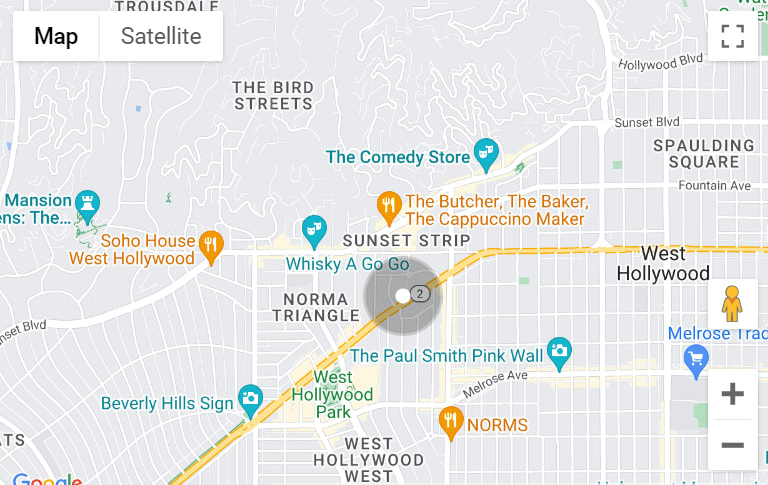It’s the perfect storm for home flippers. Inventory levels continue to be low as homeowners looking to downsize don’t know where to move to and those wanting a bigger/more updated home are preferring to stay and renovate. Buyer demand is soaring in many towns as millennials are making the move to the suburbs, recognizing that it makes better financial sense to own rather than rent.
Like fashion that changes over time, home design is changing to meet the lifestyle needs and preferences of today’s buyers. Quite simply, the wonderful architectural details of the 1920s and 1930s homes are in need of a makeover and the growing number of home flippers are poised to deliver.
Not all home flippers, however, are getting it right and they are seeing their renovated homes linger on the market. Here are the top 3 guidelines I recommend to my real estate investors:
1. Choose Location Wisely
In real estate, it cannot be said enough that location matters. When choosing an investment property for renovation, you want the “intrinsic value” to be as strong as possible. If the property location is compromised in any way that would make potential buyers hesitate in purchasing the home (e.g. busy street, steep driveway, backyard that is not level, etc.), then move on to the next house. When it comes to home flipping, a prime location will command a higher price and safeguard your investment.
2. Get The Footprint Right
While updating kitchens and bathrooms are at the top of most home flippers’ renovation to-do list, the overall footprint of the home should not be overlooked. Today’s home buyers are seeking a footprint that is “intuitive” with a room flow that feels comfortable. In older center hall colonials, for example, there often is no access from the living room side of the house to the dining room and kitchen except by passing the front door entry. Adding a doorway (if feasible) that connects one side of the first floor to the other side of the house opens up the footprint and makes it easier for buyers to envision themselves living in the house. Similarly, adding a coat closet, repositioning a staircase, or creating a breakfast bar to replace the wall between the kitchen and dining room, are other renovation changes that enhance the appeal of the overall footprint in the eyes of home buyers.
3. It’s All About the Finishes
Once all the demo work has been completed, home flippers need to focus on the decorative finishes. Fresh design translates to a color palette that is current but not too trendy. Walls, tile, countertops, floors, lighting, cabinetry, hardware, etc. all need to reflect the decor preferences that are popular among your target buyers. Good design doesn’t have to be expensive. There are many low-cost options available from local home improvement stores to ensure the renovation costs are within budget.
With the right location, the right footprint, and the right decorative finishes, the renovated home (at the right price!) will be sure to attract buyer interest and sell quickly. And for the real estate investor, that’s a winning combination!
